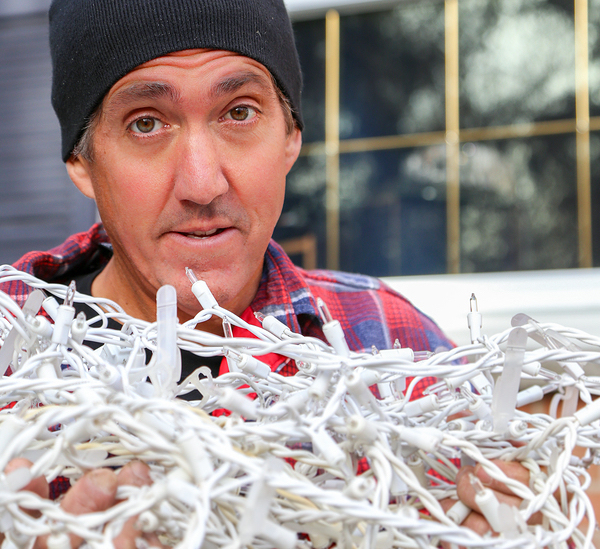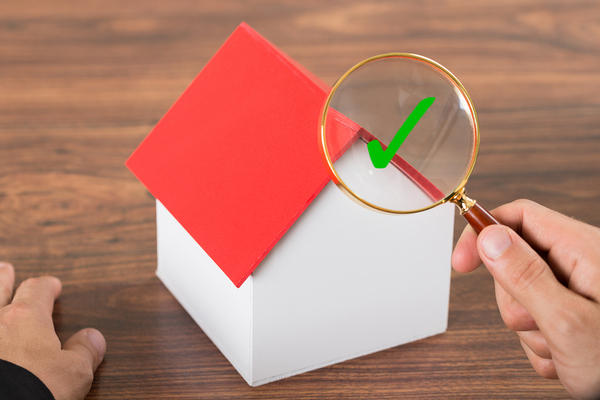Some defects are easy to find. A flooded basement, for example, leaves little to the imagination. Unfortunately, Coldwell Banker says roof leaks are more likely to go unnoticed during an inspection than any other home defect.
When a defect slips past and doesn’t make it into the home inspection report, the home buyer is the one who really suffers for it. Days, weeks or months after they move in, repair costs can mount as little by little, rob leaks and other issues make themselves known.
Fortunately, you have the power to protect your customers from the unhappiest of surprises. Here are 5 big tips that make roof inspections more manageable and consistent for fewer oversights.
#1: Familiarize Yourself with Different Roofing Materials
Asphalt shingles might be the most common roofing material in America, but there are several other systems in use. Some of them are more suitable for certain parts of the country. For example, a flat roof on a home in New England is a rare sight. Snow buildup could make it cave in, which is why steeply pitched roofs are the norm in the North.
The only way to provide a complete roof inspection and notice the nuances of existing or potential leaks is to know how each roofing system is constructed, what materials are used and it’s designed to perform.
Here are a few systems to study
- Built-up roof: more common in milder climates. This system uses hot tar, gravel, and layers of a waterproof sheeting, such as tar paper or fiberglass. It’s topped with a layer of stones.
- Modified bitumen: roll or sheet roofing with minerals. Some are self-adhesive and some are installed using a torch.
- Metal roofing: usually installed in sheets or panels. This roofing can be installed over the decking and a waterproof barrier or over asphalt shingles. Nailer cleats mounted on the roof deck provide anchor points for fastening down the panels.
- Asphalt shingles: common throughout the country. This system uses a waterproof barrier and stair-stepped or staggered strips of shingles fastened over the barrier.
- Clay and slate tiles: hard, durable and long lasting. Clay and slate are susceptible to lifting in high winds and impact damage. However, individual damaged tiles can be replaced.
- Rubber roofing: EDPM or ethylene propylene diene monomer. This Old House says the rubber material has a high UV resistance. It’s anchored, glued or ballasted using stone.
#2: Examine the Roof Structure
Poor or damaged roofing materials aren’t the only signs of a deeper problem. The roofing structure and other components on the roof might also bear clues that a deeper investigation is in order.
Bob Vila recommends looking for
- Roof sagging: can weaken the framing, separate roofing materials and allow water inside. Step back from the house to get a broader angle. Subtle sagging across the wider planes of a roof is difficult to see up close. Step out across the yard or across the street and you’ll have a better view of dips, waves, sags and other inconsistencies.
- Sagging along ridges and valleys: As with a sagging plane, sags along ridges and valleys weaken the integrity of roofing materials. Get a wider view from a distance. Ridge and valley sagging issues are easier to spot because they have, or should have, a defined and straight line. Even a small dip or wave should stand out.
- Chimney cracks: binoculars help spot issues, especially if you can’t scale the roof. Cracked or crumbling mortar indicate that the chimney has serious issues. It may separate from the sealant around the base, letting water inside. Failed mortar is also a sign that the chimney is unsafe for a fire and may require extensive repair, replacement or removal.
- Gaping or unsealed roof penetrations: everything that pokes through the roof is a potential leak. Look for gaps, poor sealant and no flashing around turbine vents, plumbing vent stacks, skylights and other penetrations.
- Poor ridge, soffit or turbine ventilation: can create conditions that mimic a roof leak. Without adequate ventilation, condensation can build up inside the attic. Because it struggles to evaporate, water can collect on joists, drip into the insulation and soak through to stain the ceiling of the floor below.

Some homeowners inadvertently cause roof damage with seasonal decorations.
#3: Learn to Spot Poor Workmanship
Even a new roof might have leaks if the installation left something to be desired. Poor workmanship puts the whole house at risk.
Signs of poor installation
- Poor or missing flashing around roof penetrations, such as chimneys and skylights
- Patch-jobs using a sealant around roof penetrations, along ridges and valleys and where roofing meets the siding
- Improper or missing flashing along the roof edge
- New roofing layered over years of old materials
- Crooked or wavy metal roof seams
- Missing fasteners
- Loose shingles, tiles or panels
- Crooked lines
#4: Check the Interior of the Home
Gravity eventually takes over and water from a leak finds its way down. Home interiors have additional clues that point to water infiltration. Look for yellow or brown spots on the ceiling, loose drywall seam tape, warping, mold or mildew specks in ceiling corners and water stains streaking down the walls. The location of the leak might not align with evidence inside the home. Water can follow an unusual path. Inspect the whole roof, not just the area directly above the ceiling or wall stain.
#5: Disclose Issues that Prevent Roof Access
You can’t control everything, and some situations make roof inspections difficult or impossible. For example, the pitch might be too steep for any person to safely scale. Weather, such as ice, rain or snow, might also make the inspection challenging, at best. If you can’t inspect the roof, be sure to inform the customer in the report and explain the circumstances behind it.
Plenty of home inspectors overlook roof leaks, but you don’t have to fall into the same category. If your investigative skills aren’t as strong as you’d like them to be, take a little time to study up. Recommit to providing the best possible service for your customers.
If you’re ready to take your home inspection reports to the next level, get the home inspection mobile app that makes life easier. Download our home inspection app for Android or find us at the Apple App Store today.

